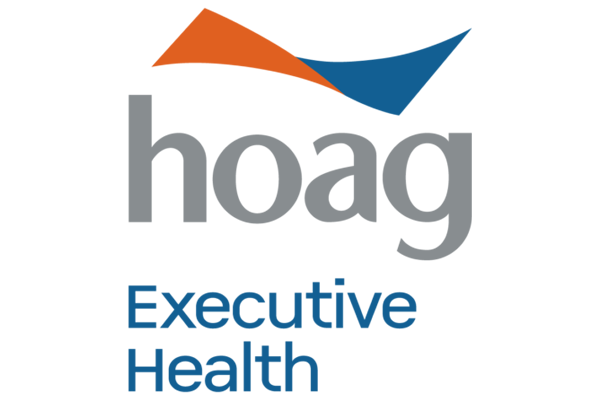June is Men’s Health Month and as we celebrate the men in our lives with days like Fathers Day, it gives us an opportunity to get inside the executive health mindset of the men around us and what aspects of the body to consider to keep a healthy routine. Most of us are familiar with testosterone; we know it as the primary male sex hormone and associate it with masculinity, strength, and fertility.
But what does testosterone actually do?
Not only is testosterone important in the growth and development of muscle mass, sperm production, and maintaining sex drive, it is vital for bone health, controlling fat storage, producing red blood cells, maintaining energy levels, assisting in learning and memory, and managing mood.
Low levels of testosterone (low T) can cause symptoms such as decreased energy levels and sex drive, moodiness and irritability, feelings of depression, poor concentration and memory loss, weight gain, low muscular strength, and reduced bone density.
Research has linked low T levels to obesity, increased disease risk, and premature death.
Testosterone production naturally lowers as we age (about 1% decline each year after age 30), but there are controllable lifestyle factors that lower testosterone:
- Alcohol Abuse
- Unhealthy weight
- Sedentary lifestyle
- Uncontrolled Type II Diabetes
- Irregular sleep patterns
But if there are factors which lower testosterone, there are ways to naturally increase testosterone too:
- Eat whole, unprocessed foods, with a balance of protein, carbs, and fats
- Decrease alcohol intake
- Avoid sugar and refined carbohydrates
- Limit saturated fats and trans fats
- Avoid partially hydrogenated oils
- Manage stress
- Adequate Vitamin D levels
- Aim for 8 hours of quality sleep a night
- Maintain a healthy weight
- Exercise, specifically resistance training
Exercise Prescription
| Cardio/Aerobic | Strength/Resistance | Flexibility/Recovery | |
| Frequency | High Volume= ≥200 minutes/week | 2-3x/week | Daily |
| Intensity | Moderate | High (Volume) | Light |
| Time/Duration | 30 minutes | 40-60 minutes | 5-30 minutes |
| Type | Running; Hiking; Swimming; Biking; etc. | Weight-training; Bodyweight; Circuit training; Compound/full body | Stretching; Foam Roll; Massage; Yoga; Breathing; Meditation |
Endurance and resistance training are important components of an executive health routine and both work to increase testosterone. While strength-training sessions have bigger effects, focus on the following recommendations to get the biggest testosterone boost:
- Use more muscles: utilize full body workouts and incorporate compound lifts (squats, deadlifts, bench press, rows, overhead press)
- Lift heavier for less reps rather than lighter weight for higher reps (sets with <12 reps)
- Have shorter rest periods during workouts (less than 2 minutes between sets)
- Ensure adequate rest and recovery between workouts
Executive Health Mindset Takeaways
Testosterone regulates a number of functions in the body and is a vital component of maintaining optimal health.
Low T can increase risk of disease and premature death.
Even though levels naturally decrease with age, there are strategies to manage this decline.
Eat whole foods, exercise daily, get sleep, and manage stress
Start the conversation with your doctor about how an executive health program can work for you, keep regular appointments, and get your testosterone levels checked with a simple blood test to determine next steps.
Written by Victoria Taylor, ATC, CSCS, EP-C
Resources
Craig BW, Brown R, Everhart J. Effects of progressive resistance training on growth hormone and testosterone levels in young and elderly subjects. Mech Ageing Dev. 1989 Aug;49(2):159-69. doi: 10.1016/0047-6374(89)90099-7. PMID: 2796409.
https://www.health.harvard.edu/drugs-and-medications/testosterone–what-it-does-and-doesnt-do
